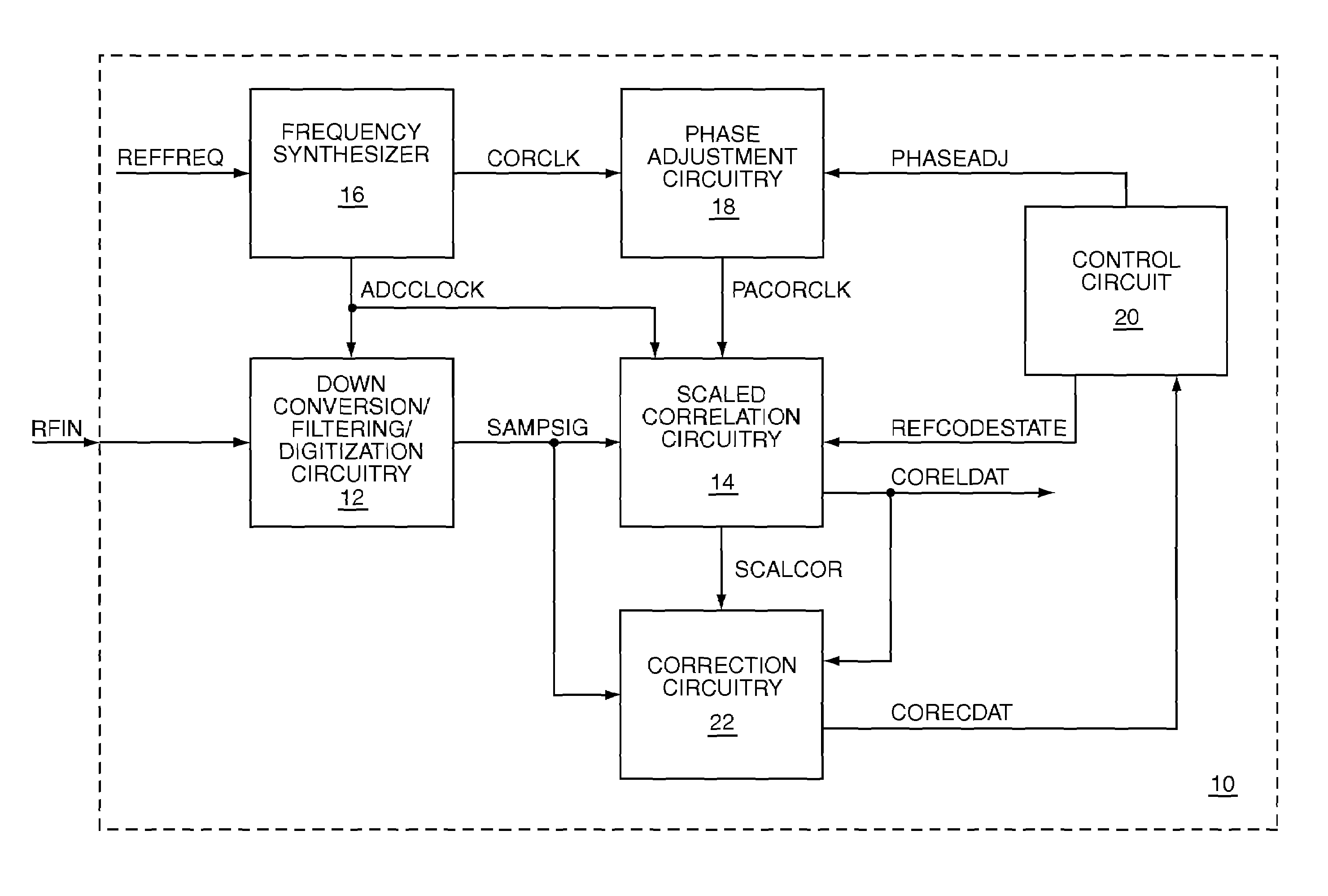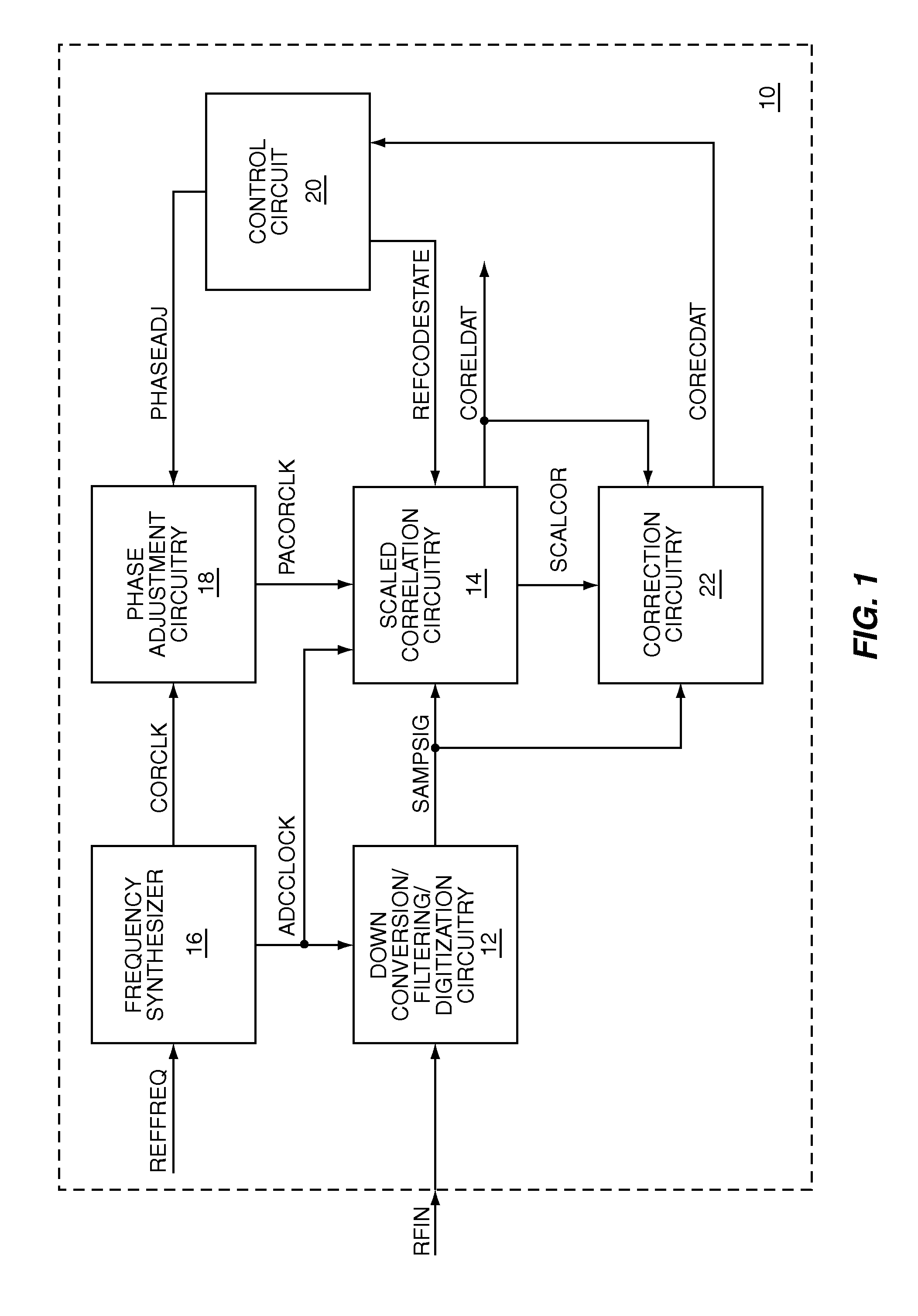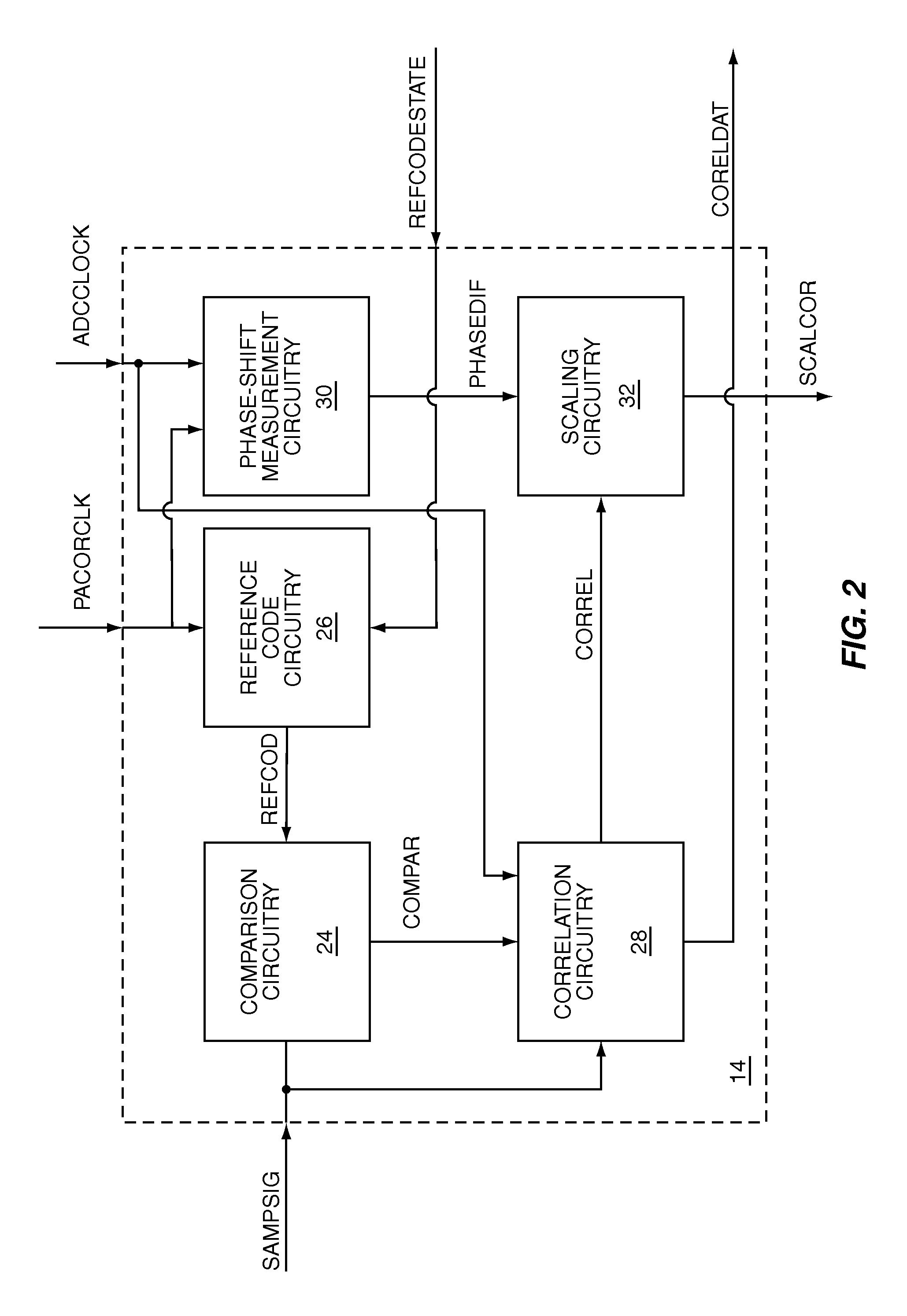Received signal correlation using a correlation scaling factor
a technology of correlation scaling factor and received signal, which is applied in the field of receiver receiver receiver receiver receiver receiver receiver receiver receiver receiver receiver receiver receiver receiver receiver receiver receiver receiver receiver receiver receiver receiver receiver receiver receiver receiver receiver receiver receiver receiver receiver receiver receiver receiver receiver receiver receiver receiver receiver receiver receiver receiver receiver receiver receiver receiver receiver receiver receiver receiver receiver receiver receiver receiver receiver receiver receiver receiver receiver receiver receiver receiver receiver receiver receiver receiver receiver receiver receiver receiver receiver receiver receiver receiver receiver receiver receiver receiver receiver receiver receiver receiver receiver receiver receiver receiver receiver receiver receiver receiver receiver receiver receiver receiver receiver
- Summary
- Abstract
- Description
- Claims
- Application Information
AI Technical Summary
Benefits of technology
Problems solved by technology
Method used
Image
Examples
Embodiment Construction
[0019]The embodiments set forth below represent the necessary information to enable those skilled in the art to practice the invention and illustrate the best mode of practicing the invention. Upon reading the following description in light of the accompanying drawing figures, those skilled in the art will understand the concepts of the invention and will recognize applications of these concepts not particularly addressed herein. It should be understood that these concepts and applications fall within the scope of the disclosure and the accompanying claims.
[0020]The present invention is a method and apparatus for generating a scaled correlation that is based on an estimate of the arrival time of a synchronization point in a received RF signal relative to a sampling clock, which is used to sample the received RF signal after down conversion. The scaled correlation may be used to validate the estimate of the arrival time of the synchronization point and, in certain embodiments of the ...
PUM
 Login to View More
Login to View More Abstract
Description
Claims
Application Information
 Login to View More
Login to View More - R&D
- Intellectual Property
- Life Sciences
- Materials
- Tech Scout
- Unparalleled Data Quality
- Higher Quality Content
- 60% Fewer Hallucinations
Browse by: Latest US Patents, China's latest patents, Technical Efficacy Thesaurus, Application Domain, Technology Topic, Popular Technical Reports.
© 2025 PatSnap. All rights reserved.Legal|Privacy policy|Modern Slavery Act Transparency Statement|Sitemap|About US| Contact US: help@patsnap.com



